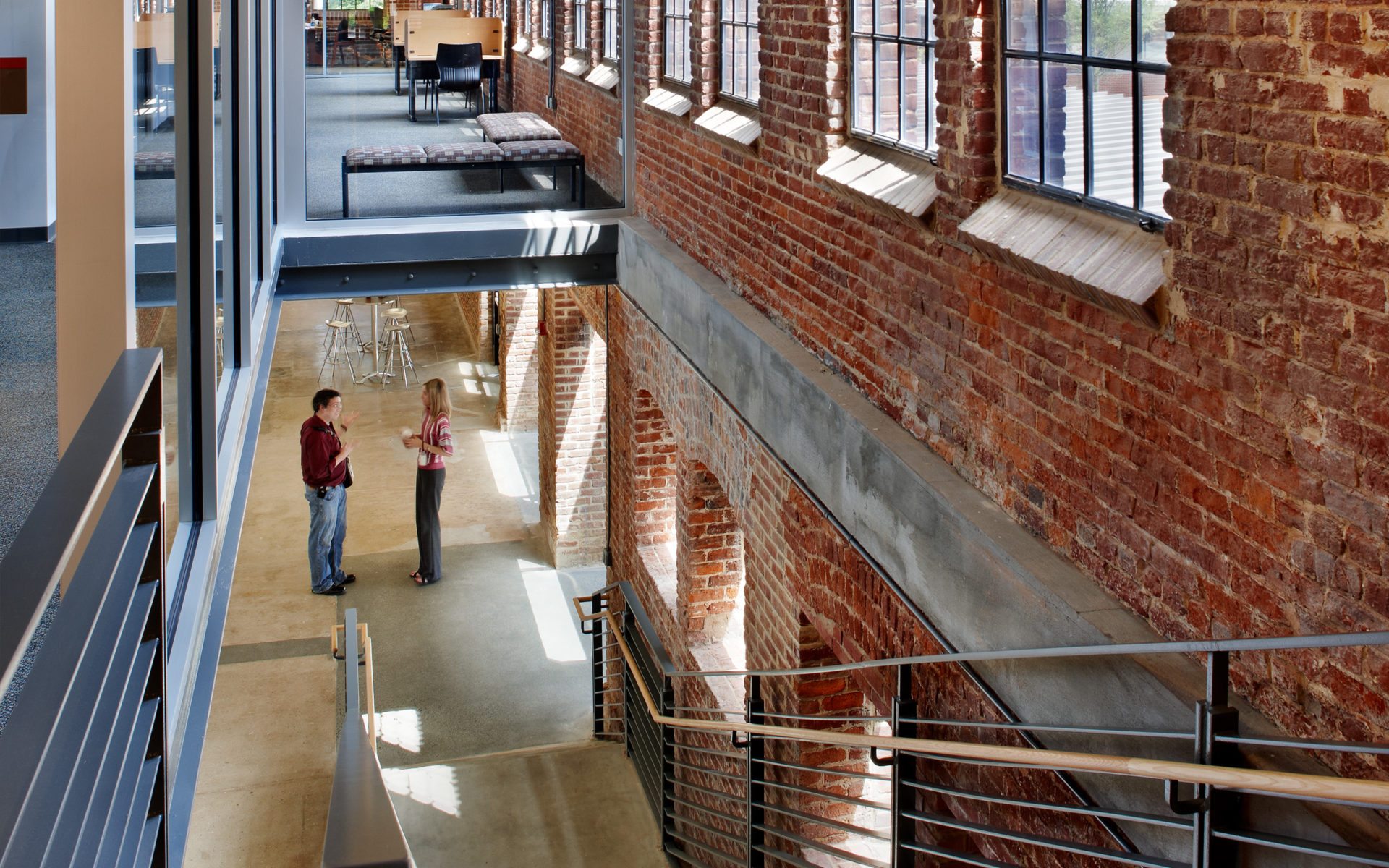
Reviving Spaces: Adaptive Reuse in Renovations
Renovating your space doesn’t always mean starting from scratch. Embracing the concept of adaptive reuse in renovations opens up a world of creative possibilities, breathing new life into existing structures and materials. Let’s explore the art of revitalizing spaces through adaptive reuse.
Rethinking Old Spaces
Adaptive reuse challenges the notion that old spaces are obsolete. Instead of tearing down existing structures, it encourages a reevaluation of their potential. By rethinking how spaces can be repurposed, homeowners can preserve the charm of historical or unused buildings while meeting modern needs.
Preservation with Purpose
Preserving architectural heritage doesn’t mean freezing buildings in time. Adaptive reuse allows for the preservation of historical elements while introducing functional and contemporary uses. It’s a delicate balance that marries the old and the new, creating spaces that honor their past while serving present-day needs.
Transformative Materials
One of the key aspects of adaptive reuse is the creative use of materials. Salvaged wood, reclaimed bricks, and repurposed metal can find new life in a renovation project. Integrating these materials not only adds character but also contributes to sustainability by reducing the demand for new resources.
Functional Transformation
Adaptive reuse isn’t just about preserving aesthetics; it’s about functional transformation. Old factories become modern lofts, warehouses become vibrant offices, and historic homes turn into cozy cafes. The adaptability of spaces showcases the versatility of adaptive reuse in catering to diverse and evolving needs.
Adaptive Reuse in Renovations: Explore the transformative possibilities of adaptive reuse at Amel Home. Discover unique ideas to revive your space.
Sustainable Renovation Practices
Sustainability is a cornerstone of adaptive reuse. By repurposing existing structures, there’s a reduction in construction waste and a lower environmental impact. The practice aligns with the principles of sustainability, offering a greener approach to renovation that is increasingly valued in the modern world.
Economic Benefits
Beyond its environmental advantages, adaptive reuse can bring economic benefits. Repurposing existing structures is often more cost-effective than starting anew. Additionally, the revitalization of old spaces can contribute to the economic growth of a neighborhood, attracting businesses and residents.
Community-Centric Spaces
Adaptive reuse has the power to create community-centric spaces. Transforming abandoned buildings into community hubs, co-working spaces, or art studios fosters a sense of belonging. The reimagined spaces become focal points for social interaction, enriching the fabric of the neighborhood.
Embracing Innovation
Adaptive reuse is inherently innovative. It encourages architects and homeowners to think creatively, finding innovative solutions to repurpose and reimagine spaces. The process involves adapting to the existing conditions, which sparks inventive thinking and showcases the potential for innovation in every project.
Personalized Expression
Every adaptive reuse project is a unique expression of creativity. It allows homeowners to infuse their personality into a space, creating something distinct and personal. The result is not just a renovation; it’s a testament to individuality and a celebration of the stories embedded in the structures.
Reviving spaces through adaptive reuse in renovations is a journey of reimagination and reinvention. It’s about honoring the past, embracing the present, and creating a future that seamlessly weaves together the threads of history and modernity. Dive into the world of adaptive reuse at Amel Home, where your space can become a canvas for transformative and sustainable renovation practices.
